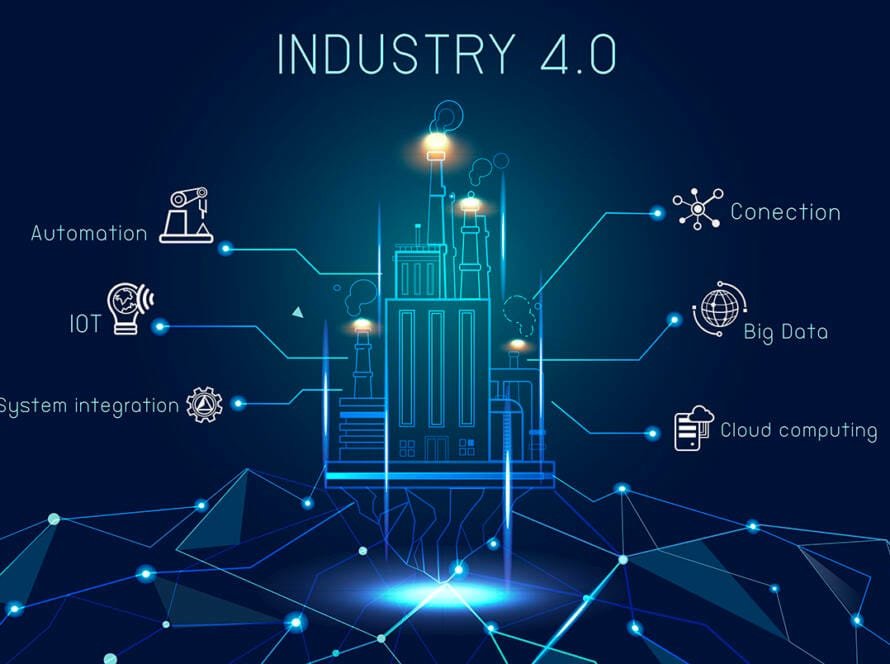Implementing an Enterprise Resource Planning (ERP) system is a transformative process that can enhance business operations, boost efficiency, and drive growth. However, achieving these benefits requires careful planning, thorough research, and strategic execution. If you’re exploring how to select and implement the best ERP system for your business, this guide will help you navigate the process effectively.

Business Needs
The first step to a successful ERP implementation is identifying your business needs. Conduct a comprehensive assessment of your current processes and systems to pinpoint inefficiencies and areas for improvement. Define clear objectives for your ERP system, whether it’s improving inventory management, streamlining financial processes, or enabling better data-driven decision-making. A clear understanding of your goals ensures the chosen ERP solution meets both immediate and long-term business requirements.
The essence of strategy is choosing what not to do.
Michael E. Porter, Professor at Harvard Business School
Choosing the right ERP vendor is crucial. Not all ERP systems are the same, and selecting a vendor that aligns with your industry, business size, and unique needs is key. Look for vendors with a proven track record, positive customer reviews, and case studies that demonstrate their ability to deliver results. Consider factors like scalability, integration capabilities, and the vendor’s commitment to ongoing support and updates.
Stakeholder involvement
Stakeholder involvement is another critical factor for success. Since an ERP system impacts multiple departments, involving key stakeholders early in the process ensures their requirements are addressed. When employees feel their input is valued, they are more likely to embrace the system, reducing resistance and ensuring smooth adoption across the organization.
When selecting an ERP system, consider its scalability and ability to integrate seamlessly with your existing tools and software. Your business will grow, and your ERP system should grow with it. Modern ERP solutions often offer cloud-based or modular options, providing the flexibility needed to adapt to changing business demands without requiring a complete overhaul.
Data migration is often overlooked but is a cornerstone of ERP implementation. Ensure your data is clean, well-organized, and accurate before transferring it to the new system. A well-planned data migration process minimizes errors and disruptions, ensuring that your ERP system provides reliable insights from day one.
Training and Support
Once the system is live, user training and support become priorities. Comprehensive training programs help employees become proficient with the new system, which is crucial for maximizing its value. Post-implementation support, such as a help desk or on-demand resources, ensures users have the tools they need to troubleshoot issues and continue improving their workflows.
In today’s fast-paced business environment, technology is the backbone of success, but it’s not just about choosing the right tools. It’s about aligning those tools with your vision, engaging your people, and committing to continuous improvement. Successful implementation of systems like ERP requires a strategic mindset, collaboration, and adaptability to drive long-term value.
Satya Nadella, CEO of Microsoft
Monitoring and optimization
Monitoring and optimization are ongoing tasks. After implementation, track the system’s performance using key performance indicators (KPIs). Regularly review these metrics to identify areas for improvement and adapt your processes as necessary. Continuous optimization ensures the ERP system continues to deliver value and aligns with evolving business goals.
ERP Consultation
Finally, don’t underestimate the importance of working with experienced ERP consultants. ERP projects can be complex, and expert guidance can help avoid common pitfalls, accelerate implementation, and ensure a higher return on investment. A trusted partner brings industry knowledge, technical expertise, and proven methodologies to streamline the process and ensure success.
In conclusion, selecting and implementing the right ERP system can transform your business, but it requires strategic planning and a commitment to best practices. By focusing on defining business needs, involving stakeholders, ensuring scalability, and investing in training and support, companies can unlock the full potential of ERP systems. Whether you are adopting ERP for the first time or upgrading an existing system, these steps will help you achieve sustainable success and a competitive edge in your industry.



